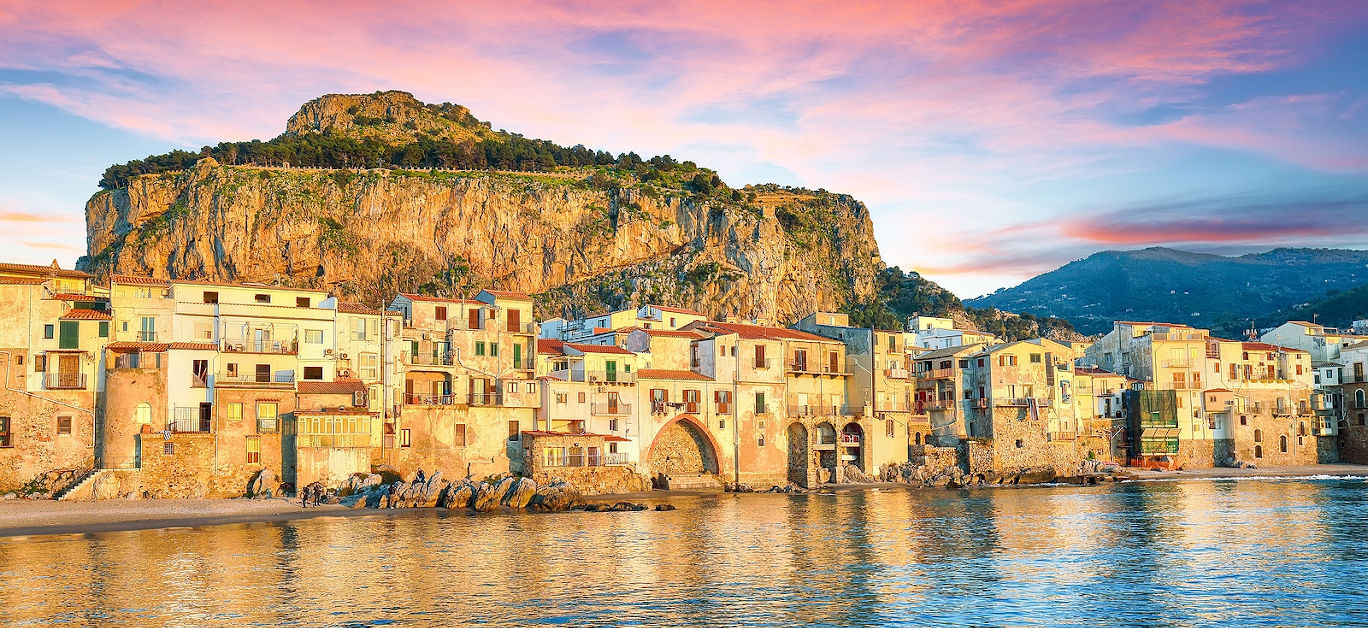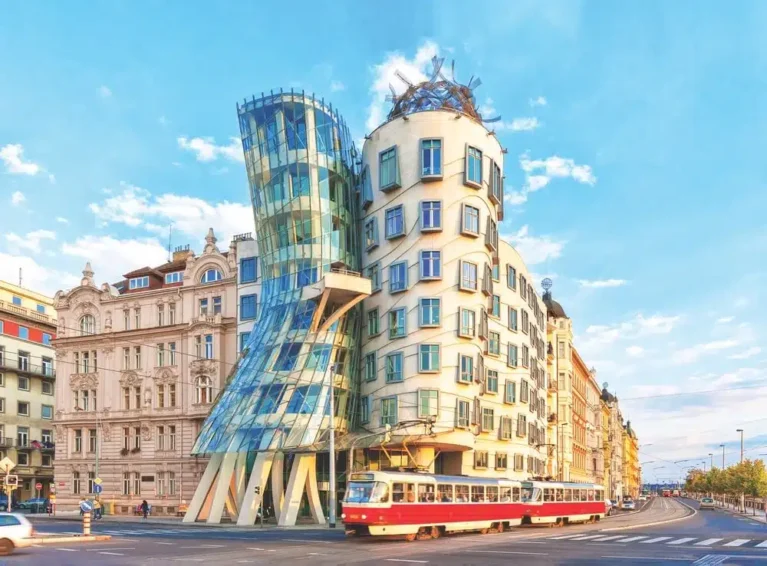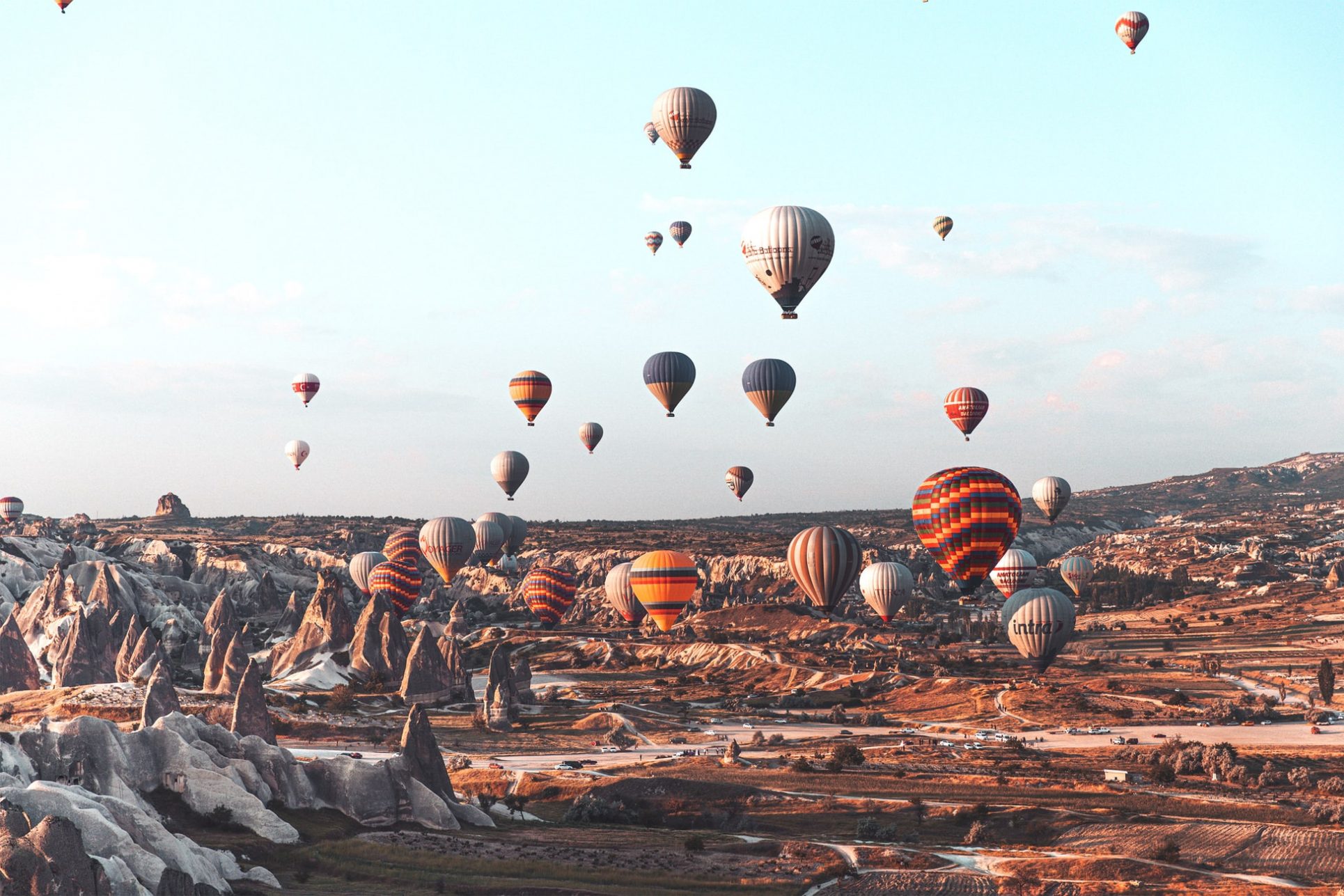Italy
-
12 Day Bulgaria, Serbia & Romania Tour
Discover local flavors Learn about traditional tracks Escorted tours High quality accommodation
-
12 Day Classic Romania
Discover local flavors Learn about traditional tracks Escorted tours High quality accommodation
-
12 Day Albania, Montenegro, Croatia & Slovenia
Discover local flavors Learn about traditional tracks Escorted tours High quality accommodation
-
13 Day Turkish Treasures with Cappadocia
Discover local flavors Learn about traditional tracks Escorted tours High quality accommodation
-
12 Day Central Europe with Warsaw & Krakow
Discover local flavors Learn about traditional tracks Escorted tours High quality accommodation

Italy is the whole package, and it knows it. Covering 116,350 square miles of gorgeous coastlines, mountains, and countryside and with more than 2,700 years of history and culture in all genres, it’s hard to beat the cultural wealth and beauty of Italy’s everyday–whether food, art, fashion, or design. And though Italy is united under the same country code +39, it is a patchwork of personalities—20 regions with distinctly different traditions and terrains.
Since the Grand Tour itineraries of yesteryear, the cities of Rome, Florence, Naples, and Venice have topped the list of must-see destinations. The 21st-century itinerary expands outward for full immersion into Italian culture with an extended lineup that includes the beaches of the Amalfi Coast and Puglia, the food towns of Emilia Romagna, the powdery slopes of the Italian Alps, the fashion of Milan, and the entire island of Sicily.
Capital city Rome leads the country in the center-south Lazio region, and it’s here where the reputation of Italian chaos comes from. Since its 753 BC founding, Rome has been the center of attention. Today’s Eternal City convenes millennia of culture and millions of residents and visitors in its historic center of approximately five square miles. Rome’s ancient history is seen every day in the contemporary Roman landscape whether it’s driving past the Colosseum, watching the pilgrims flow into St. Peter’s Square or queuing up to see Michelangelo’s masterpiece in the Sistine Chapel.
Along with the must-see cities, there are unparalleled experiences that you must do when in Italy, including eating a true Neapolitan pizza in Naples, climbing Sicily’s Mount Etna (an active volcano), driving the head-spinning curves of the Amalfi Coast, taking a midnight gondola ride around Venice, walking the top level of the Colosseum, driving a vintage Fiat through the Tuscan countryside, eating anything in Emilia Romagna, and exploring antiquity at any ancient sites such as Pompeii, Paestum, and Herculaneum.
All Italians would tell you the best way to get to know the country is simply to explore whatever is front of you and on your plate. Italy’s food culture varies from region to region. For pizza and pasta lovers, head south to Naples and Rome, and meat-lovers to Tuscany. Sicily is the country’s breadbasket for its incredible range of fruit and veggies, and seafood and desserts. Emilia Romagna sits on the throne of the country’s gastronomic empire, known for its Parmigiano-Reggiano cheese, prosciutto di Parma, balsamic vinegar, and incredible homemade pasta specialties like tortellini. Wine, why not? There is no region where you can’t find an amazing bottle of wine—red, white or bubbles—just look for the area’s strade del vino (wine roads) to lead you in the right direction.
There is never a bad time to visit Italy, whether winter or summer, high season or low season. From November through the end of February, tourism tends to dissipate which makes sites are less crowded and highly requested tickets like Rome’s Vatican Museums, Florence’s Uffizi and Milan’s Last Supper easier to reserve. Spring kicks into high gear during La Settimana Santa (Holy Week, the week leading up to Easter), and from that moment, Italy unleashes events and holidays, and more as the weeks warm up. Crowds accumulate and by mid-June the best place to be are the lesser-visited towns. In the summer months, Italians head to the beach or mountains, and by August, Rome and other big cities are veritable ghost towns. Though the residents have left and infrastructure can be reduced, cities and towns organize summer events such as extended museum hours, outdoor concerts and other events.
Thanks to its unbeatable location in the southern Mediterranean basin, the climate is generally mild in the winters and warm in the summer, but here’s rub: weather varies notably from region to region. The northern regions, like Lombardia, Piemonte, Veneto, and even Emilia Romagna tend to have harsher, longer winters than their southern counterparts like Sicily, Calabria, and Campania where the hot sun seems to shine for 10 months a year. Be prepared, just as each region is climatically different from its neighbor, a drive across a region can vastly change from chilly mountainside and arid plains to scalding seaside.

Sicily is a massive island—don’t expect to see it all on one trip.
Sicily is not only the largest island in Italy, it’s also the largest in the Mediterranean. To drive from the northwest tip to the southeast tip would take about five hours, so don’t think you can pack it all into one trip. You could easily travel around for a month and still not see everything. For short trips, it’s a good idea to concentrate your time in one area, like Palermo and the northwest; Taormina and Mount Etna; Noto and the Baroque towns of the southeast; or Agrigento and the southwest.
There’s more to Sicilian cuisine than eggplant parmigiana and arancini.
Sicilian cuisine is renowned around the world, with classic dishes like eggplant parmigiana and cannoli appearing on menus at Italian restaurants across the globe—but there’s so much more, owing to the many influences on Sicilian culture and the bounty that the island produces. Try couscous with seafood and pesto trapanese around Trapani; little red shrimps in Mazara del Vallo; as well as panelle, caponata, pane cunzato, sarde a beccafico, pasta alla norma, granita, cassata, and anything made with almonds or pistachios.
Seasonality is important to consider.
If relaxing at the beach is your priority, by all means go in the summer. But if you want to explore cities like Palermo, hike around Mount Etna, and visit archeological sites, maybe avoid July and August, when temperatures can easily soar to 100 degrees Fahrenheit. While resort towns like Taormina tend to shut down in the winter, the shoulder season (March through May and September through November) brings milder weather and more affordable rates at hotels. If you want to be able to walk around without melting and encounter fewer crowds, this is the best time to go.








